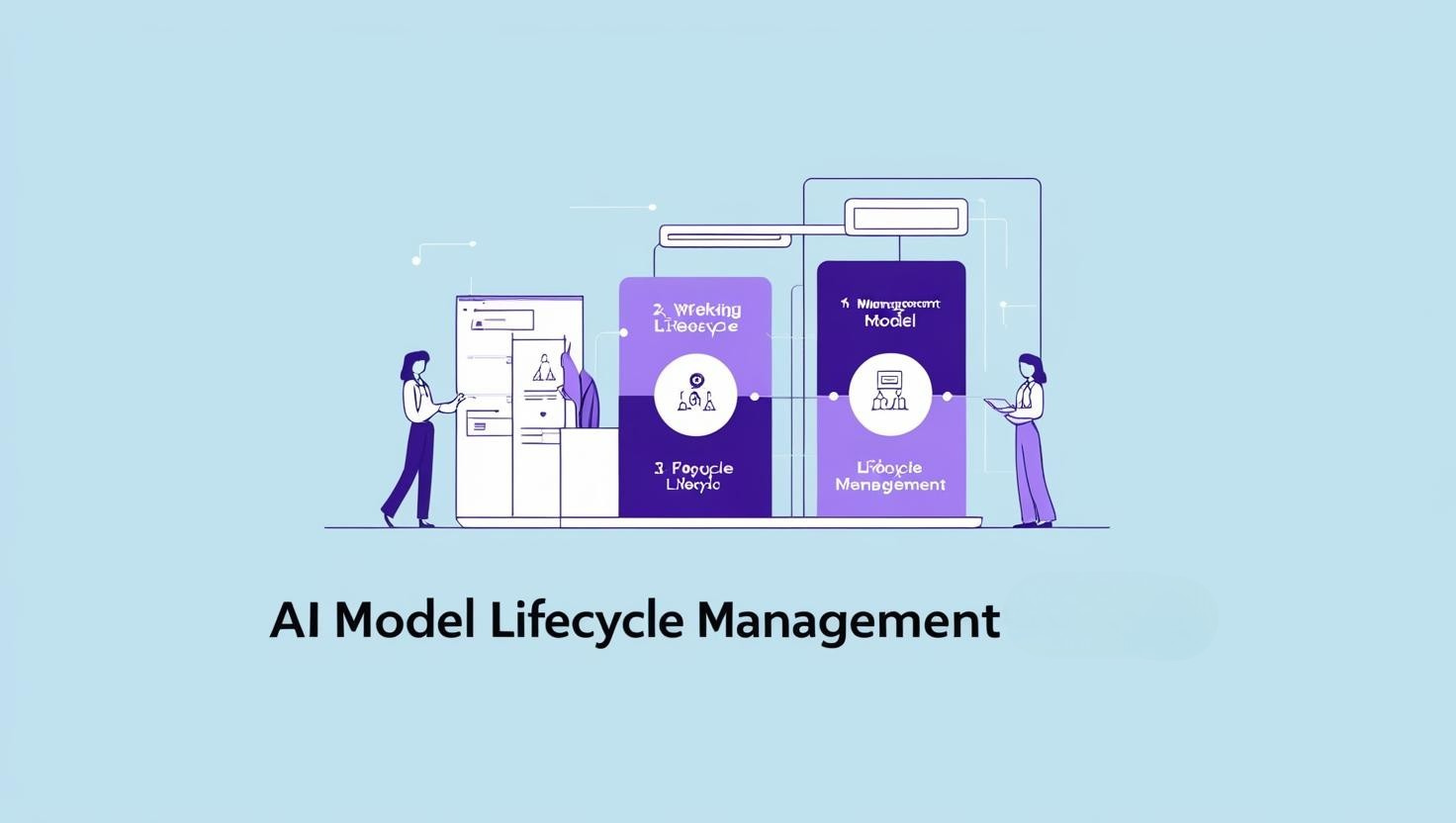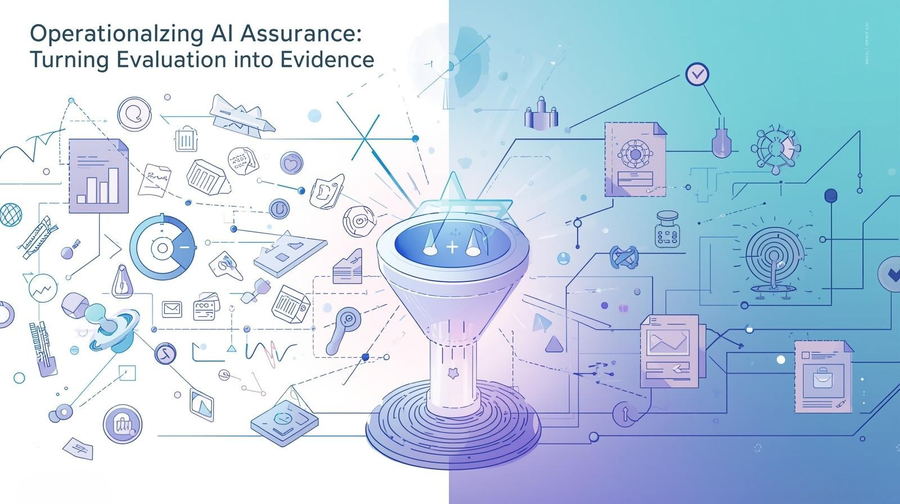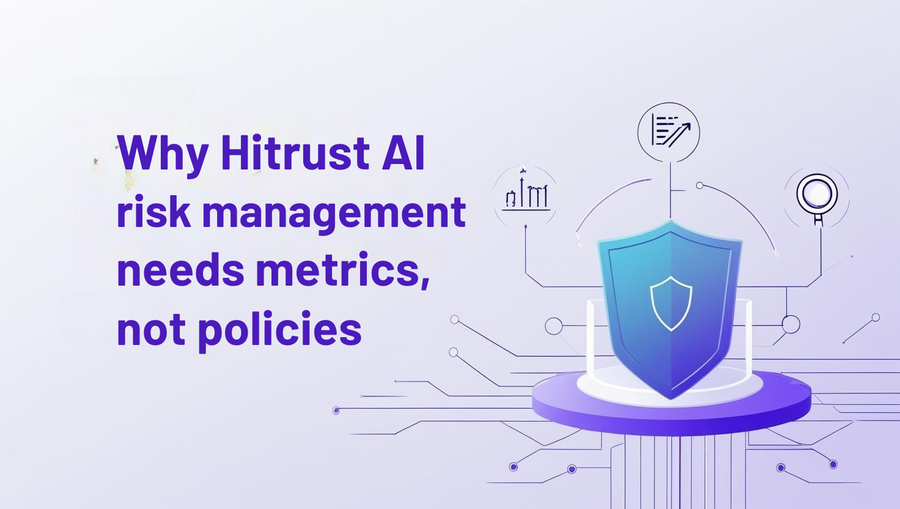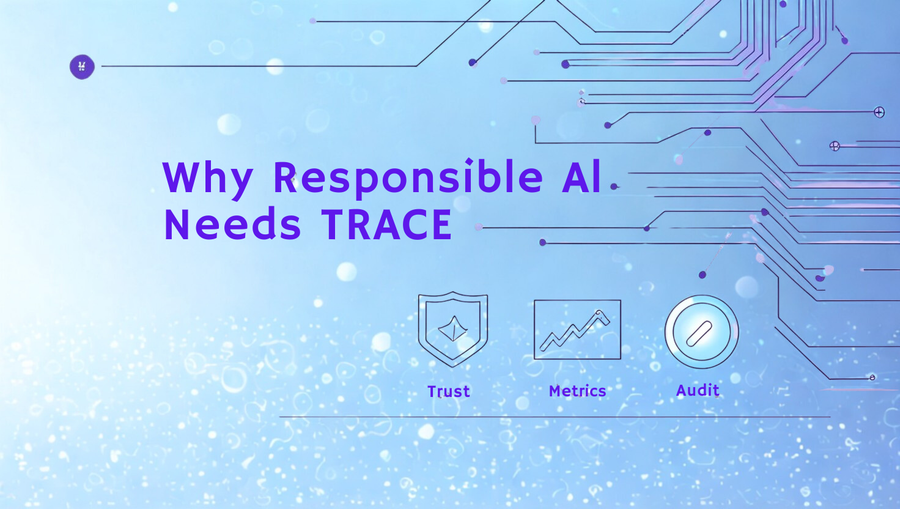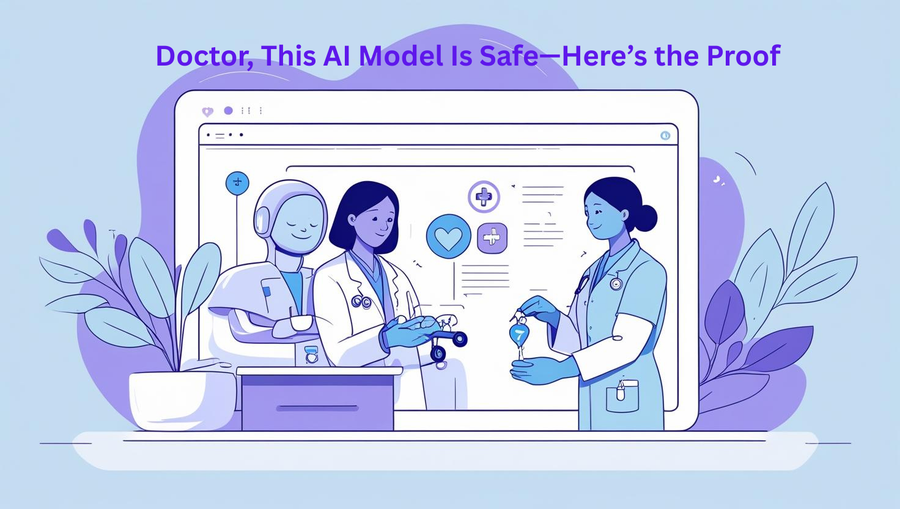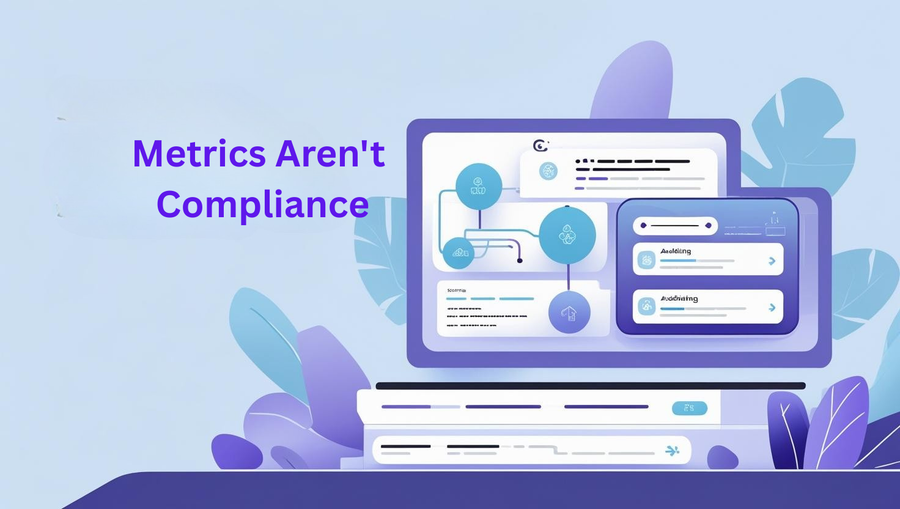AI Governance Starts with Lifecycle Management
As artificial intelligence (AI) adoption accelerates, organizations must ensure that AI models are managed, monitored, and governed throughout their entire lifecycle. From initial development to decommissioning, AI models require structured oversight to mitigate risks, ensure compliance, and maintain performance.
With regulations like the EU AI Act, NIST AI Risk Management Framework (AI RMF), and ISO 42001 emphasizing AI accountability, enterprises must establish robust AI Model Lifecycle Management (MLM) strategies. This guide explores each phase of AI model management, including best practices, regulatory alignment, and risk mitigation.
1. Understanding AI Model Lifecycle Management
AI Model Lifecycle Management refers to the end-to-end process of building, deploying, monitoring, and retiring AI models. This structured approach ensures that AI systems remain compliant, unbiased, and effective throughout their operational life.
Key Phases of the AI Model Lifecycle
1️⃣ Development & Training – Model design, data collection, training, and validation.
2️⃣ Evaluation & Testing – Performance benchmarking, bias audits, and explainability testing.
3️⃣ Deployment & Monitoring – Integration, real-time monitoring, and governance controls.
4️⃣ Maintenance & Continuous Improvement – AI model retraining, drift detection, and compliance updates.
5️⃣ Decommissioning & Retirement – Model offboarding, data retention policies, and regulatory audits.
🔹 Example: A global financial institution follows a structured MLM framework to monitor AI-driven credit risk assessments, ensuring compliance with Fair Lending Laws & GDPR.
2. Phase 1: AI Model Development & Training
🔹 Designing Responsible AI Models
Building an AI model starts with defining objectives, selecting training data, and choosing algorithms that align with ethical AI principles.
✅ Data Collection & Preprocessing – Ensure diverse, unbiased datasets to prevent AI bias.
✅ Feature Engineering & Model Selection – Optimize AI models for accuracy, fairness, and explainability.
✅ Regulatory Alignment – Follow AI governance guidelines like NIST AI RMF & ISO 42001.
🔹 Example: A healthcare AI system trained to detect early-stage cancer must be tested for bias in medical imaging datasets to ensure fair patient outcomes.
3. Phase 2: AI Model Evaluation & Testing
Before deployment, AI models must undergo rigorous testing to identify risks and validate accuracy.
🔹 Best Practices for AI Model Testing
✅ Bias & Fairness Audits – Use tools like IBM AI Fairness 360 to detect and mitigate discrimination.
✅ Explainability & Transparency Checks – Implement SHAP, LIME, and counterfactual explanations.
✅ Performance Benchmarks – Compare AI models against baseline metrics to ensure reliability.
🔹 Example: An AI hiring tool was found to favor male candidates due to biased training data. Conducting fairness audits before deployment prevents such ethical issues.
4. Phase 3: AI Model Deployment & Monitoring
AI deployment is not a one-time event—continuous monitoring is critical to prevent AI model drift, security risks, and compliance violations.
🔹 Governance Strategies for AI Deployment
✅ Model Versioning & Documentation – Maintain detailed records of AI updates.
✅ AI Risk Heatmaps – Use risk assessment tools to track security vulnerabilities and regulatory risks.
✅ Human-in-the-Loop (HITL) Oversight – Require human validation for high-risk AI decisions.
🔹 Example: A bank’s AI fraud detection system continuously updates its algorithms to counter emerging financial fraud tactics.
5. Phase 4: AI Model Maintenance & Continuous Improvement
🔹 Addressing AI Model Drift & Bias
Over time, AI models can experience drift—where predictions become inaccurate due to shifting data patterns.
✅ Real-Time AI Monitoring – Implement alerts for model performance fluctuations.
✅ Scheduled AI Model Retraining – Update AI models based on fresh, unbiased data.
✅ Adversarial Testing – Conduct regular security tests to prevent AI manipulation.
🔹 Example: A personalized e-commerce recommendation engine updates its AI model every 6 months to reflect changing consumer trends.
6. Phase 5: AI Model Decommissioning & Retirement
AI models must be ethically decommissioned when they become outdated or non-compliant.
🔹 Best Practices for AI Model Retirement
✅ AI Offboarding Strategies – Document reasons for AI decommissioning.
✅ Data Retention & Disposal Policies – Ensure compliance with GDPR, CCPA, and industry regulations.
✅ Regulatory Audit & Reporting – Maintain records to demonstrate AI governance compliance.
🔹 Example: A telecom company retiring an AI chatbot ensures all customer interactions and data logs are securely archived for compliance purposes.
7. AI Model Lifecycle & Regulatory Compliance
AI lifecycle management must align with evolving global AI regulations:
✅ EU AI Act – Requires transparency, bias audits, and human oversight for high-risk AI.
✅ NIST AI RMF – Provides a framework for AI risk management across industries.
✅ ISO 42001 – Establishes best practices for AI management systems.
🔹 Example: A legal AI system used in courts undergoes annual regulatory audits to comply with AI fairness and accountability laws.
8. The Future of AI Model Lifecycle Management
🔹 Automated AI Governance Tools – AI-powered compliance platforms will monitor AI models in real-time.
🔹 Stronger AI Regulations – Governments will impose stricter AI lifecycle requirements.
🔹 Ethical AI Standards – Enterprises will focus on transparent, responsible AI development.
🔹 Example: Financial institutions are integrating automated AI lifecycle tracking dashboards to comply with evolving anti-bias and consumer protection laws.
Final Thoughts: AI Model Lifecycle Management Is Key to AI Governance
AI is a powerful tool—but without structured lifecycle management, it can become a legal, ethical, and operational liability. Enterprises must adopt comprehensive AI governance strategies to ensure AI remains secure, fair, and compliant throughout its lifecycle.
By implementing best practices in AI model development, monitoring, and decommissioning, organizations can build trustworthy AI systems that align with regulatory standards and business goals.

